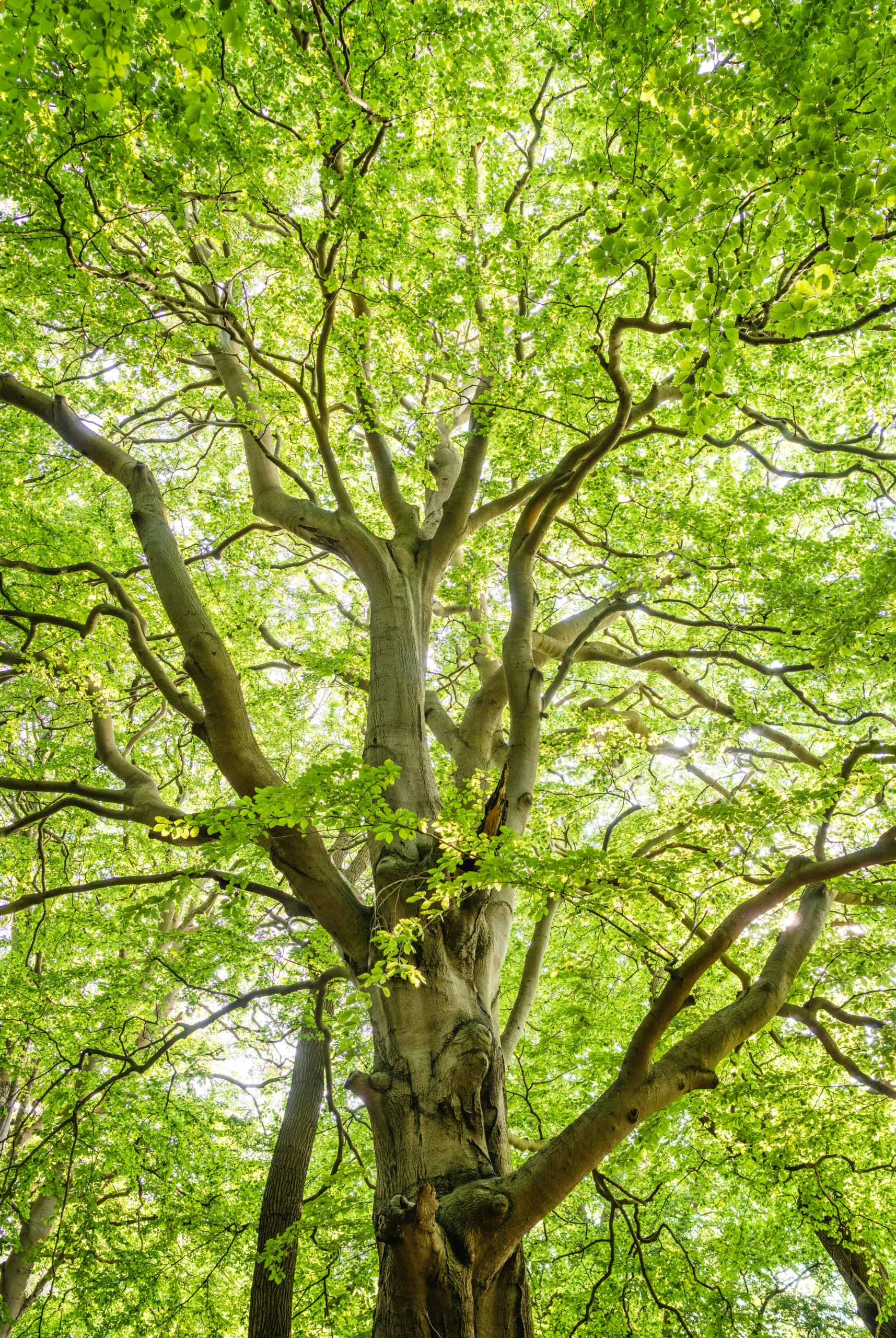Trees are often called the “lungs of the planet” for a good reason. They play a crucial role in maintaining ecological balance and improving human well-being, proving that the benefits of trees for the environment and human health cannot be overstated. From filtering the air we breathe to stabilizing the climate and uplifting community spirits, trees are an irreplaceable asset in our pursuit of a sustainable future.
Table of Contents
- What Makes Trees Essential?
- Environmental Benefits of Trees
- Human Health Benefits of Trees
- Community and Economic Advantages
- How to Plant and Care for Trees
- Conclusion
1. What Makes Trees Essential?
Trees have a unique ability to utilize sunlight, carbon dioxide (CO₂), and water to produce oxygen and energy through photosynthesis. This biological process underpins life on Earth:
- Oxygen Production: Around 50% of the world’s oxygen is produced by land-based plants—primarily trees.
- Carbon Sequestration: Trees store carbon in their trunks, branches, and roots, reducing the volume of carbon in the atmosphere.
By understanding these natural processes, we appreciate just how vital trees are for global sustainability.
2. Environmental Benefits of Trees
2.1 Reducing Air Pollution
Trees naturally absorb harmful gases—like nitrogen oxides (NOₓ), sulfur dioxide (SO₂), and carbon monoxide (CO)—which cleans the air. Through their leaves and bark, they trap airborne particles and reduce smog formation.
2.2 Combating Climate Change
Perhaps the most crucial benefit of trees for the environment is their capacity to sequester carbon. Excess CO₂ in our atmosphere drives climate change, and trees are among our most effective tools for drawing CO₂ out of the air.
2.3 Preserving Soil and Water
Tree roots bind soil, preventing erosion and flooding. They also promote water infiltration, replenishing groundwater supplies. Forested watersheds are known for their clean water because plant litter and root systems filter out pollutants.
2.4 Supporting Biodiversity
From birds and mammals to insects and microorganisms, countless species rely on trees for shelter and food. Large forests act as critical habitats, forming complex ecosystems that are vital for overall biodiversity.
3. Human Health Benefits of Trees
3.1 Cleaner Air for Communities
By filtering pollutants, trees improve local air quality. Reduced exposure to pollutants correlates with lower rates of respiratory ailments such as asthma, especially in children and older adults.
3.2 Psychological and Emotional Well-Being
Studies show that spending time around trees—whether in forests or urban parks—can lower stress levels and anxiety. Access to green spaces is linked to improved mood, enhanced focus, and reduced symptoms of depression.
3.3 Encouraging Physical Activity
Tree-lined neighborhoods often encourage walking and outdoor activities, contributing to better cardiovascular health. With shaded streets and scenic parks, people are more inclined to jog, bike, or simply take a stroll.
4. Community and Economic Advantages
4.1 Property Value and Aesthetics
Trees enhance curb appeal, which can boost property values. Well-maintained landscapes with healthy trees often attract more buyers and command higher prices.
4.2 Lower Energy Costs
Neighborhoods with mature trees enjoy natural shading and improved insulation. Homes in such areas can see reduced air-conditioning costs in summer and less heat loss in winter.
4.3 Community Cohesion
Green spaces and tree-lined streets foster stronger social bonds. Parks and community gardens encourage social interaction, improving the quality of life and sense of community.
5. How to Plant and Care for Trees
- Choose the Right Species: Select species suited to your local climate and soil conditions. Native species often thrive with minimal maintenance.
- Proper Planting Technique: Dig a hole twice the width of the root ball and just as deep. Ensure the root flare is at, or slightly above, ground level.
- Regular Watering and Mulching: Newly planted trees need consistent watering and a layer of organic mulch around the base to retain moisture.
- Prune Wisely: Remove dead or damaged branches to encourage healthy growth. Regular pruning ensures structural stability and prevents safety hazards.
- Monitor for Pests and Disease: Early detection of problems like fungal diseases or insect infestations can save a tree from serious harm.
Conclusion
Trees are fundamental pillars of a sustainable future. They offer significant benefits for the environment and human health, including cleaner air, better mental well-being, and support for biodiversity. By prioritizing tree planting, responsible care, and conservation, we can ensure that these living giants continue to safeguard our planet and our communities for generations to come.




